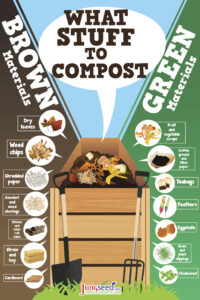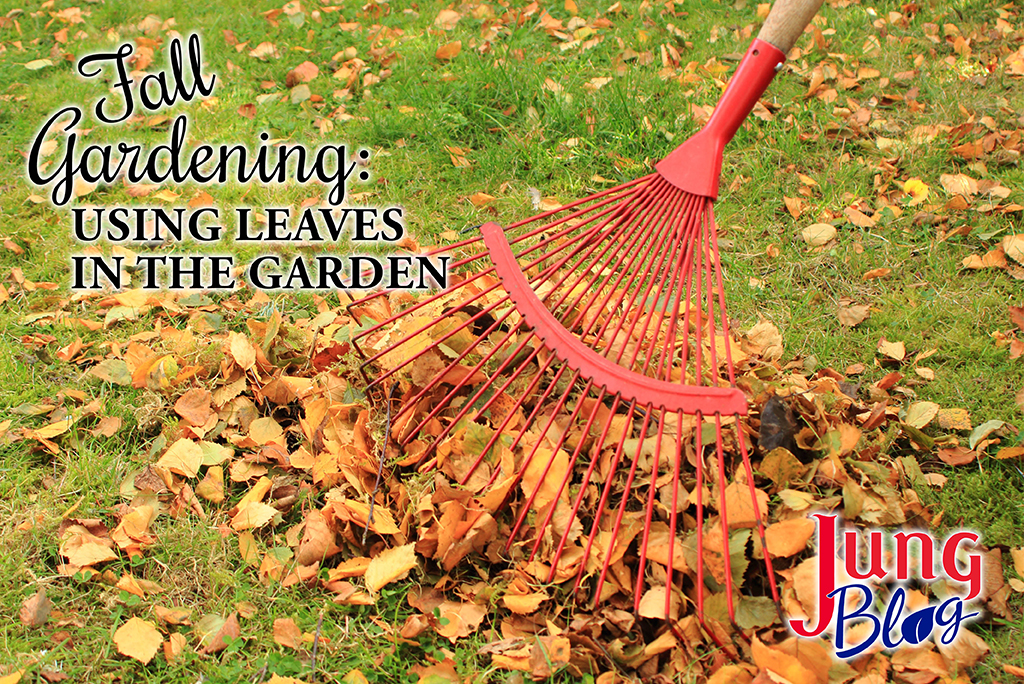
Fall is here, bringing cooler weather and chores in the yard. For many, raking leaves is an annual task to keep your landscape tidy. Fall is an excellent time to clean the yard. Still, many people miss out on the opportunity to improve their landscape using leaves. It’s easy to think we should remove any leaf clutter from our yards, but those leaves are a great source of organic matter.
What Is Organic Matter In Soil?
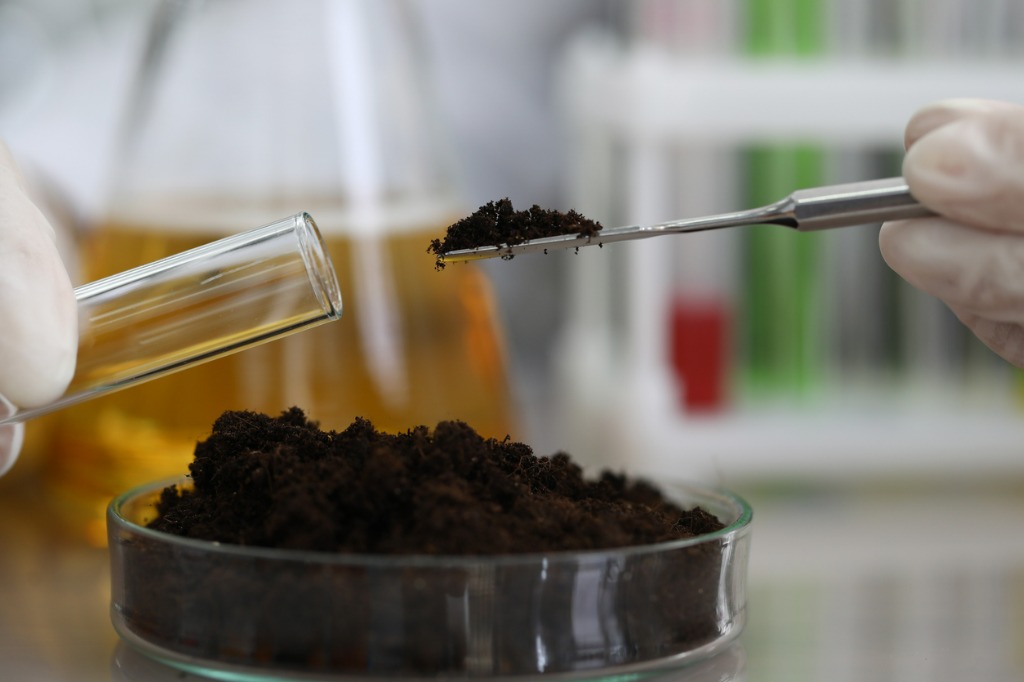
Organic matter is any carbon-based compound that stores and releases nutrients into the soil. In other words, using leaves in the garden will add nutrients to your soil while improving the soil structure. Microorganisms help this process by speeding up the decomposition rate. Did you know a single handful of soil contains up to 50 billion microbes? The presence of life in the ground makes it essential to maintain our soil. This process leads to soil filled with nutrients and healthy life. Organic matter has other benefits, like improved drainage and moisture retention. Good drainage allows plant roots to access oxygen and nutrients, resulting in vigorous plants. Here are a few ways to use leaves in your garden during fall.
What Is Composting?

Compost is often called ‘Gardeners Gold.’ This name is fitting, as compost enriches the soil and helps your plants thrive. You can use various materials to create compost, such as leaves. A compost pile consists of organic material allowed to break down over time. This process can take anywhere from six months to a couple of years. Warm weather and moisture are ideal for breaking down compost material. Maintaining the pile is crucial to speeding up the decomposition process. In addition to leaves, you can use food scraps, coffee grounds, and other yard waste. Composting keeps these items out of landfills and promotes a healthy ecosystem.
You can make compost using three main ingredients, which are listed below.
- Browns (Carbon) – Dead plant material, like fall leaves and twigs
- Greens (Nitrogen) – Fresh scraps, like vegetable or fruit waste, grass clippings, coffee grounds
- Water – Water is needed for microorganisms to break down the ingredients
You should add browns and greens to the pile in separate layers, and the final ratio of carbon to nitrogen should be 30:1. This ratio creates a balance of nutrients in the compost.
Maintaining a compost pile is relatively simple. You should turn the ingredients over occasionally and add water if rainfall is in short supply. When your compost finishes decomposing, it can be mixed into your garden or used as mulch. Compost slowly releases nutrients over time, while fertilizers tend to release a quick supply of nutrients. Fertilizers are beneficial for growing crops with high nutrient requirements, but compost should reduce the need for fertilizer.
How To Make Leaf Mold
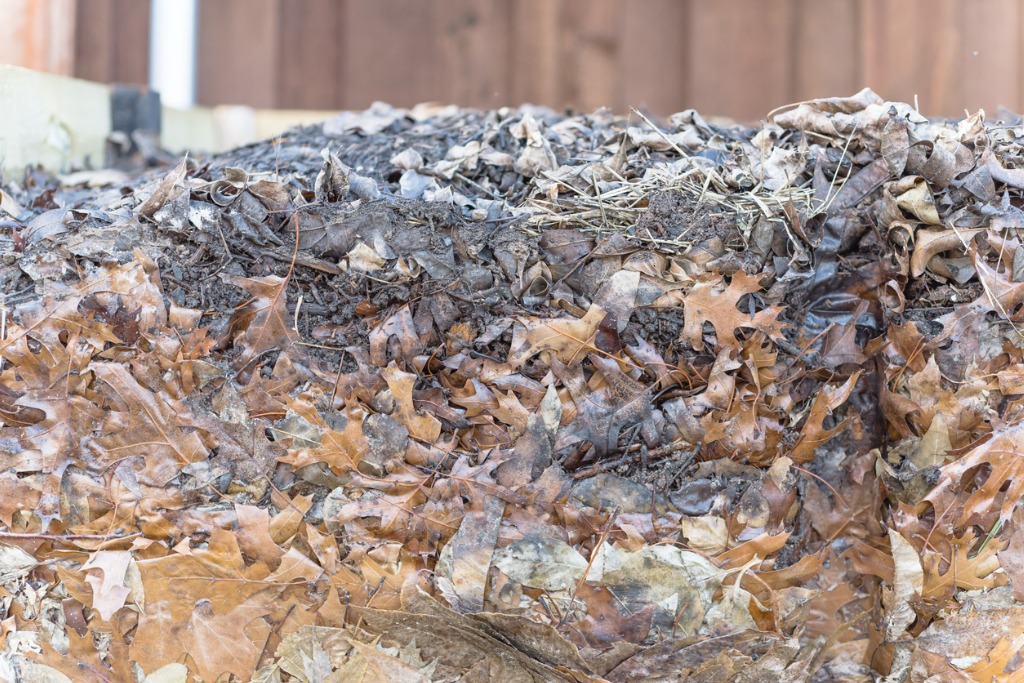
This type of compost requires only one ingredient, leaves. Leaf mold is created using the leaves of deciduous trees, like maple and oak. There are a few differences between leaf mold and traditional compost. For example, Leaf mold takes longer to decompose because tree leaves are high in carbon but low in nitrogen. You can add a source of nitrogen to speed up the decomposition process. Traditional compost has a more balanced C: N ratio, making the composting process quicker. The benefits of leaf mold are like conventional compost. As a result, your soil will have better moisture and nutrient retention. Leaf mold is a valuable source of food and habitat for microorganisms in the ground.
Creating leaf mold is easy. In the fall, collect leaves from your yard and put them in a compost bin. Wire compost bins are adequate, allowing airflow and moisture to penetrate the pile. Leaf mold typically takes two years from start to finish. You can speed up the process by shredding the leaves before adding them to the bin. Regular maintenance will speed up the breakdown.
Leaf mold can be applied in a couple of ways. You can till it into the soil or use it as mulch. The microorganisms and worms will pull the nutrients into the ground if used for mulch.
How To Use Leaf Mulch
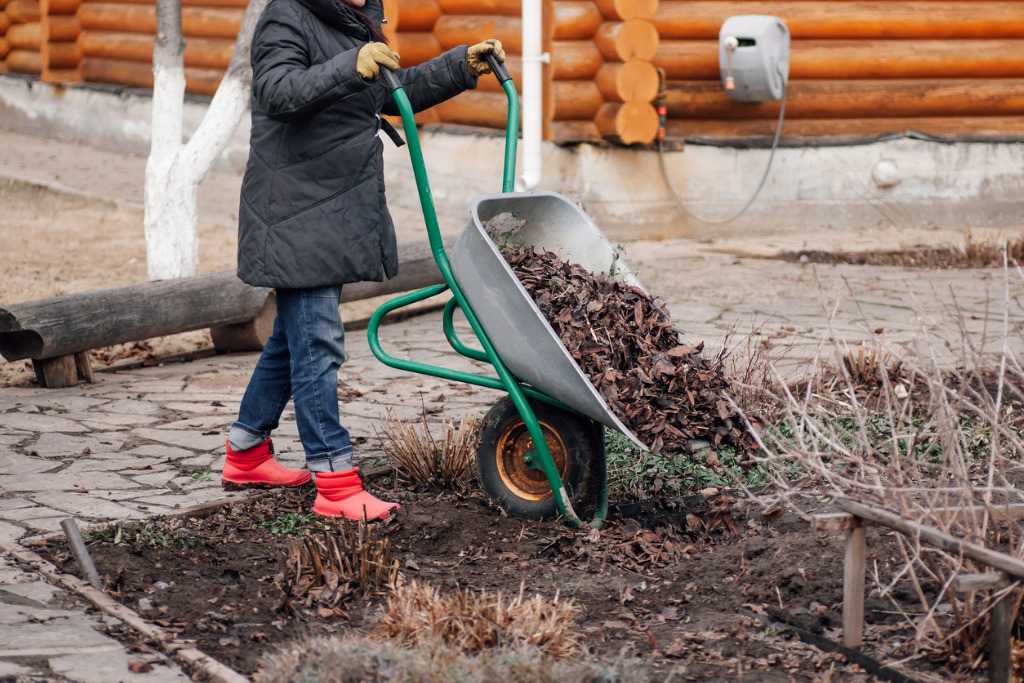
The quickest way to use leaves in your garden is by mulching. Fall is an ideal time to mulch, as a free source of mulch surrounds you. Mulching with leaves has the same effects as leaf mold and traditional compost but with an added benefit, winter protection. A covering of mulch protects plants from fluctuating temperatures in winter. Plants sometimes heave out of the ground if the soil temperatures fluctuate rapidly, especially in heavier soils. Mulch prevents this problem by moderating the soil temperature. A 2-4 inch layer of mulch is sufficient for landscape beds. Remember to keep the mulch away from the stems of trees, shrubs, and perennials.
While leaves are a good mulch, you do have to shred them before applying them to your beds. Using entire leaves can be risky because the leaves act like a mat, preventing air and water from penetrating the soil. Whole leaves can trap excess moisture in and around the plant base, creating rot and disease problems. Several types of equipment are suitable for shredding leaves, like mulching mowers and shredders. A leaf blower with a vacuum setting also works.
After mulching the beds, you may still have leftover leaves. Consider adding them to the compost pile or creating leaf mold. A thin layer of shredded leaves can be left on your lawn to improve your soil’s health. If you don’t have access to free leaves, consider visiting a local compost site. Cities and municipalities will often have free compost for residents. Unfortunately, you can’t always be sure what’s in their compost, as chemicals and other items may get mixed in a pile.
We gardeners often want to take a break in the fall and leave the garden chores until spring. However, fall is a great time to prepare your garden for next year. Healthy soil is the foundation of a healthy garden. Consider using these methods to improve your garden’s health while promoting a healthy environment.
Other Recommended Reading

- Fall Composting For Beginners
- A Gardeners Guide To Plant Nutrition
- Fall Gardening: End Of Season Tasks
- Fall Bulb Planting Tips
- 4 Simple Steps For Garden Tool Clean Up
At Jung Seed Co, we strive to be your go-to guide for all your gardening needs. Our YouTube channel Jung Garden Center now includes our new video series All Things Green where our experts provide gardening tips for all levels of gardeners. When you need reliable gardening advice, turn to the trusted experts at Jung.
View our new catalog online or browse our website for all of your gardening favorites. To receive info on new products, exclusive deals, and specials, be sure to sign up for our weekly email. Join our Facebook page, to discuss all things gardening!
About the Author: Matthew Olson is a professional horticulturist and garden writer. He has a bachelor’s degree in horticulture from UW-River Falls and is a certified professional with the Minnesota Nursery and Landscape Association. His enthusiasm for plants and the outdoors brought him to the green industry. He regularly writes articles about gardening for both gardeners and industry professionals. He can be reached at matt@mattolsonhorticulture.com
